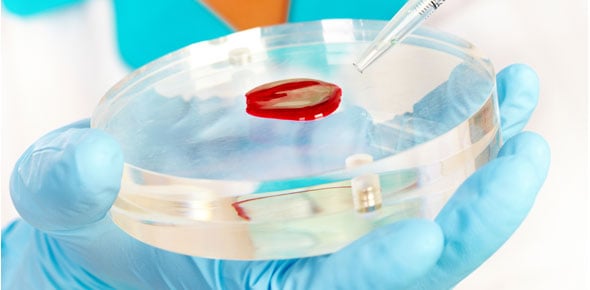Based on the symptoms described, such as dizziness, leg cramping, feeling sick, sweating, and hot and wet skin, it is likely that the individual is experiencing heat exhaustion. Heat exhaustion occurs when the body overheats and is unable to cool down properly. This can happen due to prolonged exposure to high temperatures and humidity, especially when engaged in physical activity. It is important to recognize and treat heat exhaustion promptly to prevent it from progressing to heat stroke, a more severe and potentially life-threatening condition.
















